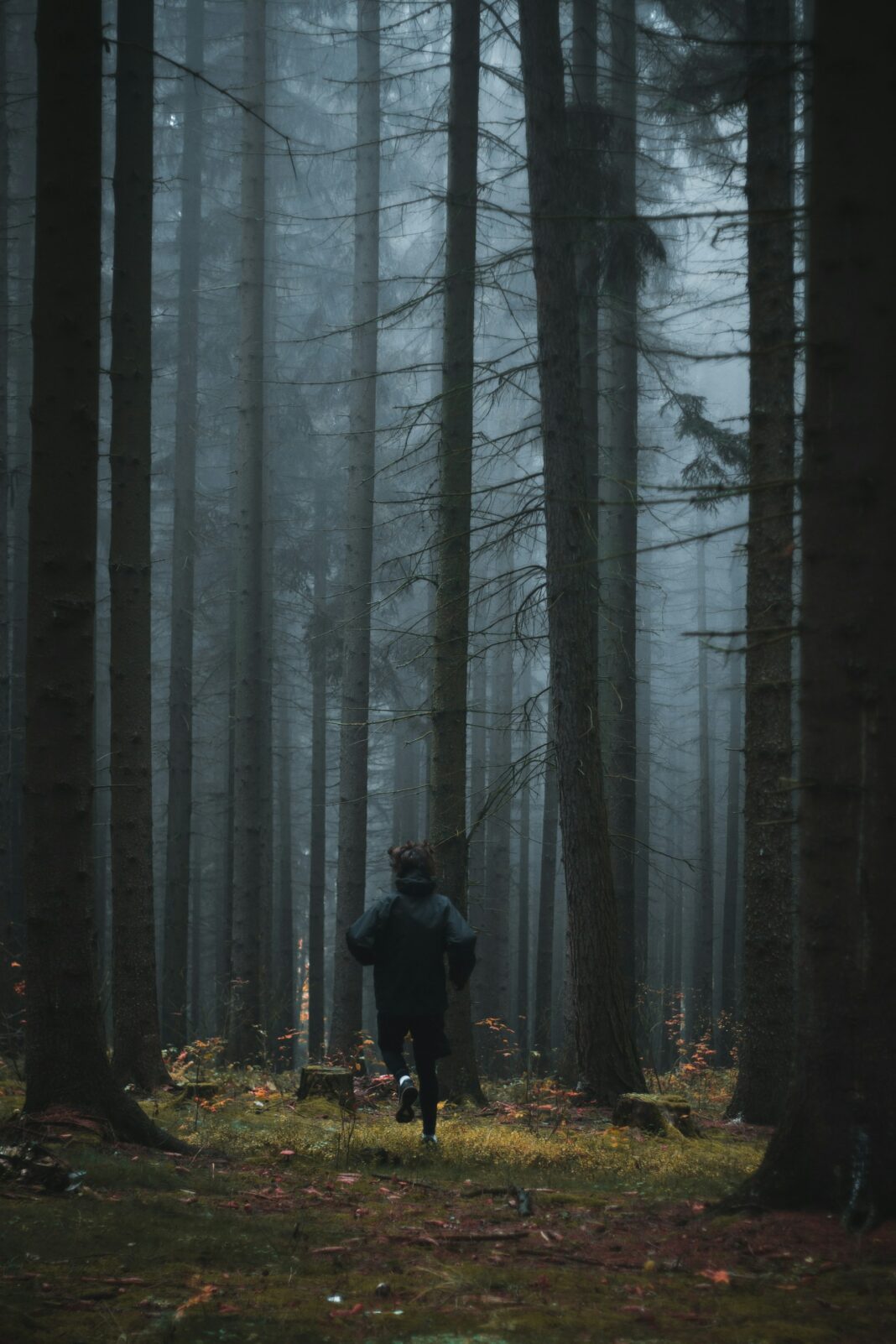HOLLYWOOD—When you hear the word suspense in cinema what do you think of? For me it is easy, Ridley Scott’s iconic “Alien.” Scott is a masterclass in creating tension and suspense in a way that makes that 1979 movies unforgettable. The key is you can’t be spoiled before you watch the movie. The alien bursting out of Kane’s chest during dinner left people stunned. You didn’t expect it and it came out of nowhere because you’re so enveloped in the movie you have no idea what is about to happen until it does.
That is just the beginning though because Scott delivers a sequence so terrifying involving Dallas (Tom Skerritt) as he hunts for the alien. The music slowly builds, we see Dallas move from one region to the next, not knowing what is about to unfold. Then boom, the tension amps up as it becomes clear the hunter is now the hunted, when he turns the corner. That’s it, we never see or hear from Dallas again. I always consider that scene to be one of the best crafted sequences because I can watch it time and time again, and it still hooks me every single time.
“Alien” has tension and that tension spills into suspense which turns into terror especially when you realize you are confined in a small space. However, that is not the only classic, because John Carpenter’s “Halloween” which hit theaters in 1978 shows how suspense can be crafted with a camera. Carpenter is the best director to utilize a camera in horror and I don’t care what anyone says. That opening sequence is terrifying because we don’t see the killer until the final shot. We see the point of view and the music, oh baby, does it amplify the element of suspense.
The movie has multiple scenes of excellent suspense, but the iconic one has to be when Laurie Strode (Jamie Lee Curtis) visits the house across the street in the big climax. It is a carefully, well-thought out slow build up. The audience knows something is going to happen, we just don’t know when. She enters that bedroom to find Annie dead on the bed, then Bob’s body swinging from a closet, before she finds Linda. She stumbles out of the room in terror. The audience thinks she’s safe, but through genius camera technique and lighting, Carpenter slowly dons a silhouette of terror known as The Shape, the Boogeyman or Michael Myers to many in the day slowly appear before he strikes.
I think the thing about suspense that so many people fail to realize is it is not so much WHAT YOU SHOW; it is WHAT YOU DON’T SHOW. The payoff has to be just as exciting as the buildup, which not all directors can capture well. I know some of you are thinking, why isn’t “Psycho” on this list. I was spoiled on that movie before I actually saw it, so it never had the same punch for me. The shower scene is great; it’s iconic, but if you know it’s going to happen before you have even seen the movie it loses its overall lore.
Another iconic flick is “Se7en,” that 1995 thriller starring Brad Pitt and Morgan Freeman trying to catch a killer whose crimes are based on the Seven Deadly Sins. Each murder is a buildup to something bigger and when it reaches that infamous moment of finding out “What’s in the box?” You are left speechless as a viewer. David Fincher knew exactly what he was doing by NOT showing the audience the severed head of Gwyneth Paltrow’s character. It just left you frustrated and satisfied that much more as a viewer.
A recent flick I have to add to my list is a 1967 thriller that I managed to catch on Turner Classic Movies one day titled “Wait Until Dark” starring the iconic Audrey Hepburn as a blind women who becomes the target of a drug dealer and his goons. It really doesn’t become a full-blown thriller until the third act, but when it erupts it will blow your socks off. Imagine being blind and being tortured by someone you cannot see and that feeling of no escape. That is what we see with Hepburn’s Susy, who battles Roat (Alan Arkin), in a sensational villainous turn. I mean when he corners Susie looking for that doll and she manages to place him into her world of darkness and she tosses that gasoline and starting flicking those matches, I was on edge.
That is NOT the big moment, the moment happens when we think the villain is dead and he pops out in a scene that left me rattled and that big climax of whether Susy will escape or not just has you screaming at the screen.
Good suspense gets you more involved in the movie, it doesn’t just play out, you become invested in what is unfolding and that is the fun. I feel like the 70s and the 80s defined suspense in cinema, it just isn’t made like that anymore. However, who knows maybe young up and coming directors are looking to put their stamp on the horror, thriller, sci-fi and mystery genres as so many classics before have done.






